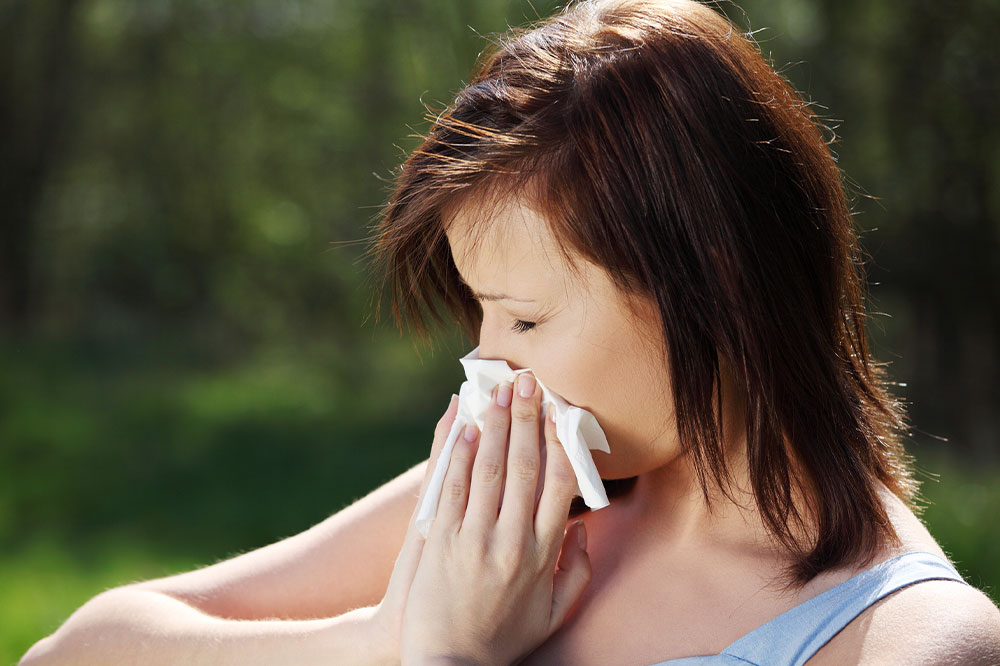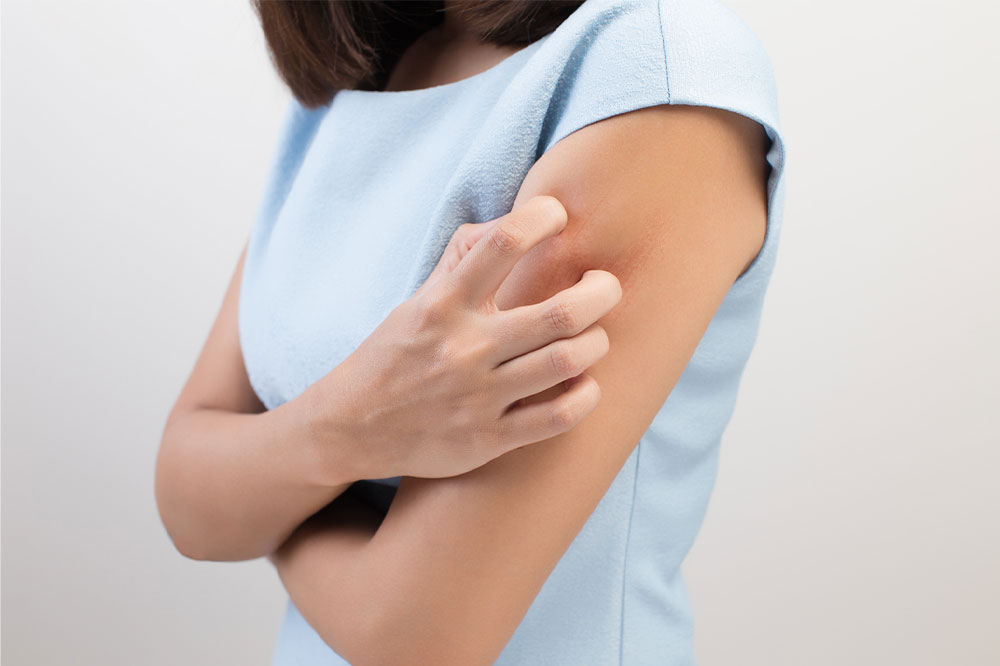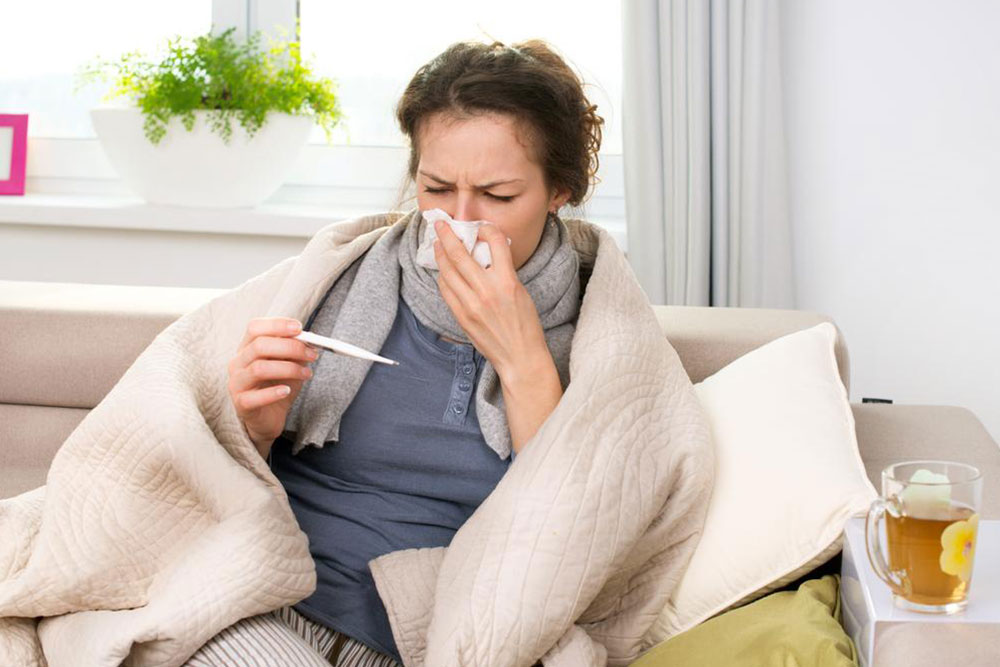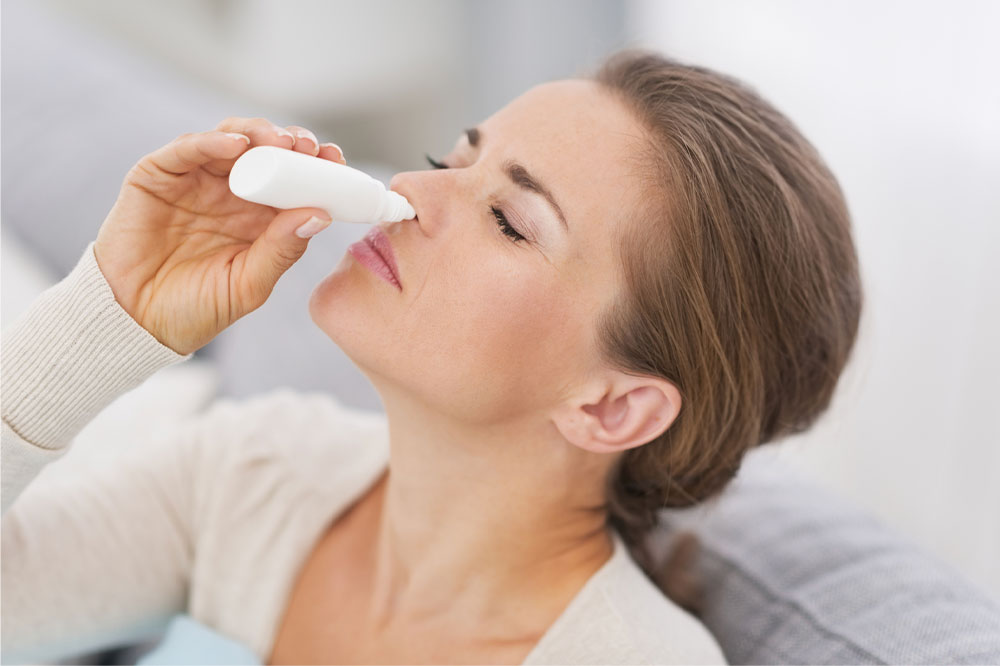Comprehensive Guide to Allergies: Causes, Symptoms, and Effective Management Strategies
This comprehensive guide provides an in-depth understanding of allergies, exploring their causes, symptoms, and effective management strategies. It covers common allergies like mold, pollen, food, insect stings, and skin conditions, offering detailed advice on diagnosis, prevention, and treatments to improve quality of life for allergy sufferers. Learn how environmental controls, medical interventions, and lifestyle adjustments can help you manage allergies effectively and reduce their impact on daily living.

Understanding Allergies: An In-depth Look at Causes, Symptoms, and Practical Management Techniques
Allergies are widespread immune system reactions triggered by substances that are typically harmless to most people, known as allergens. These reactions can range from mild discomfort to severe, life-threatening conditions. Statistically, up to 20% of the population in the United States suffer from various forms of allergies, making it a significant public health concern. The immune system, which normally defends the body against harmful invaders, mistakenly identifies benign substances as threats, producing specific antibodies called immunoglobulin E (IgE). This process results in the release of chemicals like histamine, which cause allergy symptoms such as itchy eyes, nasal congestion, sneezing, coughing, skin rashes, and in extreme cases, asthma attacks or anaphylaxis. Understanding the different types of allergies, their triggers, and effective management strategies is crucial for improving quality of life for those affected.
Mold Sensitivities
Mold allergies are among the most common environmental allergies, affecting many individuals worldwide. Exposure to mold spores can cause symptoms such as sneezing, nasal discharge, itchy or watery eyes, coughing, and chest tightness. For individuals with asthma, mold exposure can exacerbate breathing difficulties and increase the risk of severe attacks. In extreme cases, the body’s allergic response to mold can trigger anaphylaxis, requiring immediate medical attention. Molds thrive in damp, humid environments—such as basements, bathrooms, or areas with leaks—making indoor air quality a critical factor in managing allergies.
Diagnosing mold allergies involves medical evaluation through physical examinations, detailed symptom reviews, and specific allergy testing. Effective treatment not only depends on medications but also on environmental controls. Reducing mold exposure includes thorough cleaning of clutter, eliminating damp areas, repairing leaks promptly, and maintaining indoor humidity below 50% using dehumidifiers. Healthcare providers may prescribe antihistamines, nasal corticosteroids, or antifungal treatments to manage symptoms. Regular monitoring and environmental modifications can significantly reduce the frequency and severity of mold-related allergic reactions.
Allergic Rhinitis
Commonly referred to as hay fever, allergic rhinitis affects millions worldwide each year. It manifests through symptoms such as frequent sneezing, a runny or congested nose, itchy or watery eyes, and post-nasal drip. These symptoms are often triggered by airborne allergens like pollen, dust mites, pet dander, or mold spores. Diagnosing allergic rhinitis involves a combination of symptom assessment, skin prick tests, or blood tests that detect specific allergen antibodies. Managing allergic rhinitis requires a comprehensive approach: avoiding known triggers, adhering to medical advice, and considering immunotherapy options like allergy shots, which can desensitize the immune response over time.
Atopic Dermatitis (Eczema)
Atopic dermatitis, commonly called eczema, is a chronic skin condition characterized by dry, itchy, and inflamed skin. It results from immune system overreactions to pollutants, allergens, or irritants. Eczema often appears as rashes, fissures, or blisters and can be persistent or recurrent. Diagnosis is mainly clinical, based on appearance and patient history. Managing eczema includes avoiding irritants such as soaps, harsh detergents, and fabrics, along with regular application of prescribed topical treatments like corticosteroids or moisturizers. Identifying and avoiding triggers is vital in preventing flare-ups and maintaining healthier skin.
Food allergies are another serious concern, capable of causing reactions ranging from mild discomfort to life-threatening anaphylaxis. Common food allergens include nuts, shellfish, dairy, eggs, and wheat. Diagnosis involves skin prick tests, blood tests, or oral food challenges. The primary treatment strategy is strict avoidance of the allergenic food, along with emergency preparedness, such as carrying epinephrine auto-injectors for severe reactions. Educating patients and caregivers about symptom management and emergency procedures is essential for safety.
Insect Allergies
Allergic reactions to insect stings, particularly from bees, wasps, hornets, and fire ants, are quite prevalent. Mild reactions can include localized swelling, itching, and hives, whereas severe reactions like anaphylaxis can be life-threatening. Diagnosis involves medical assessment and skin testing to identify sensitivity to specific insect venom. Preventive measures include avoiding insect nests, wearing protective clothing, and using insect repellents. For those at risk of severe reactions, carrying an epinephrine auto-injector and being aware of emergency response procedures are critical.
Fungal Allergies and Seasonal Variations
Fungal allergies tend to spike during humid seasons, especially in spring and summer when mold and other fungi thrive. Symptoms include sneezing, nasal congestion, sinus pressure, and breathing difficulties. Managing fungal allergies involves testing and environmental controls, such as reducing indoor humidity, improving ventilation, and cleaning mold-prone areas regularly. Antihistamines and corticosteroids can help alleviate symptoms, especially in individuals with concurrent asthma or chronic respiratory issues. Proper identification of fungal allergens through testing allows for targeted avoidance strategies, significantly improving symptom control.
Immune System Disorders and Allergy-like Conditions
Some immune system disorders produce allergy-like symptoms, including hives, swelling, or gastrointestinal issues. These reactions may be IgE-mediated, as in classical allergies, or involve other immune pathways. Conditions such as autoimmune diseases—like celiac disease or Crohn's disease—can also mimic allergic reactions due to immune dysregulation. Recognizing the underlying cause requires comprehensive medical evaluation, including blood tests, skin tests, and sometimes biopsies. Treatment varies based on the specific condition but often includes immune-modulating medications and lifestyle adjustments.
Contact Dermatitis
Contact dermatitis presents as red, inflamed, itchy skin following contact with allergens or irritants such as soaps, cosmetics, jewelry, or plants like poison ivy or poison oak. It is an allergic or irritant contact dermatitis based on the trigger. Management involves avoiding known irritants or allergens, using protective gloves or clothing, and topical treatments like corticosteroids to reduce inflammation. Identifying the specific allergen through patch testing can help prevent future reactions. Proper skin care and avoiding repeated contact are essential in managing this condition effectively.
Overall, accurately identifying specific allergens through testing, combined with environmental modifications and medical treatments, can substantially enhance the quality of life for allergy sufferers. Recognizing early symptoms and seeking prompt medical advice are key steps toward effective management, reducing both the frequency and severity of allergic episodes, and enabling individuals to lead healthier, more comfortable lives.





